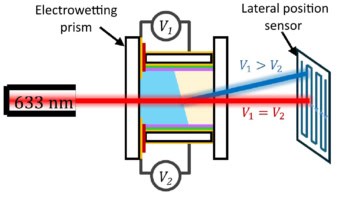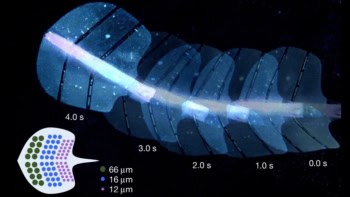The pioneers of biological physics considered treating biological materials – such as proteins – as complex condensed matter. An important area of biophysics has traditionally been the dynamic properties of biomolecules, but as a recent conference proved, physicists are becoming fascinated by a growing range of topics.
About half a century ago, physicists like Max Delbrück and Erwin Schrödinger discovered the fascination of tackling problems in biology with physics. Indeed, the increasing overlap of physics, biology and chemistry that followed led to the foundation in 1961 of the International Union of Pure and Applied Biophysics. And as the 700 delegates at the 4th International Conference on Biological Physics in Kyoto, Japan, back in August demonstrated, the trend towards biological physics is escalating.
The opening highlight of the conference was a talk by Gerald Edelman of the Scripps Research Institute in the US about brain dynamics and consciousness – the first time that the subject has been discussed at an international conference on biological physics. Edelman, who shared the Nobel Prize for Medicine in 1971, guided the audience into the world of neuroscience and philosophy. He outlined various strands of evidence that suggest the brain’s response follows a set of selection principles analogous to Darwin’s theory of evolution. And he emphasized that the brain is by no means an organic computer that is controlled by the same concepts as electronic computers.
In the October issue of Physics World, Fritz G Parak of the Technical University of Munich, Germany, outlines the other diverse roles of physics in biology that were discussed at the conference.



